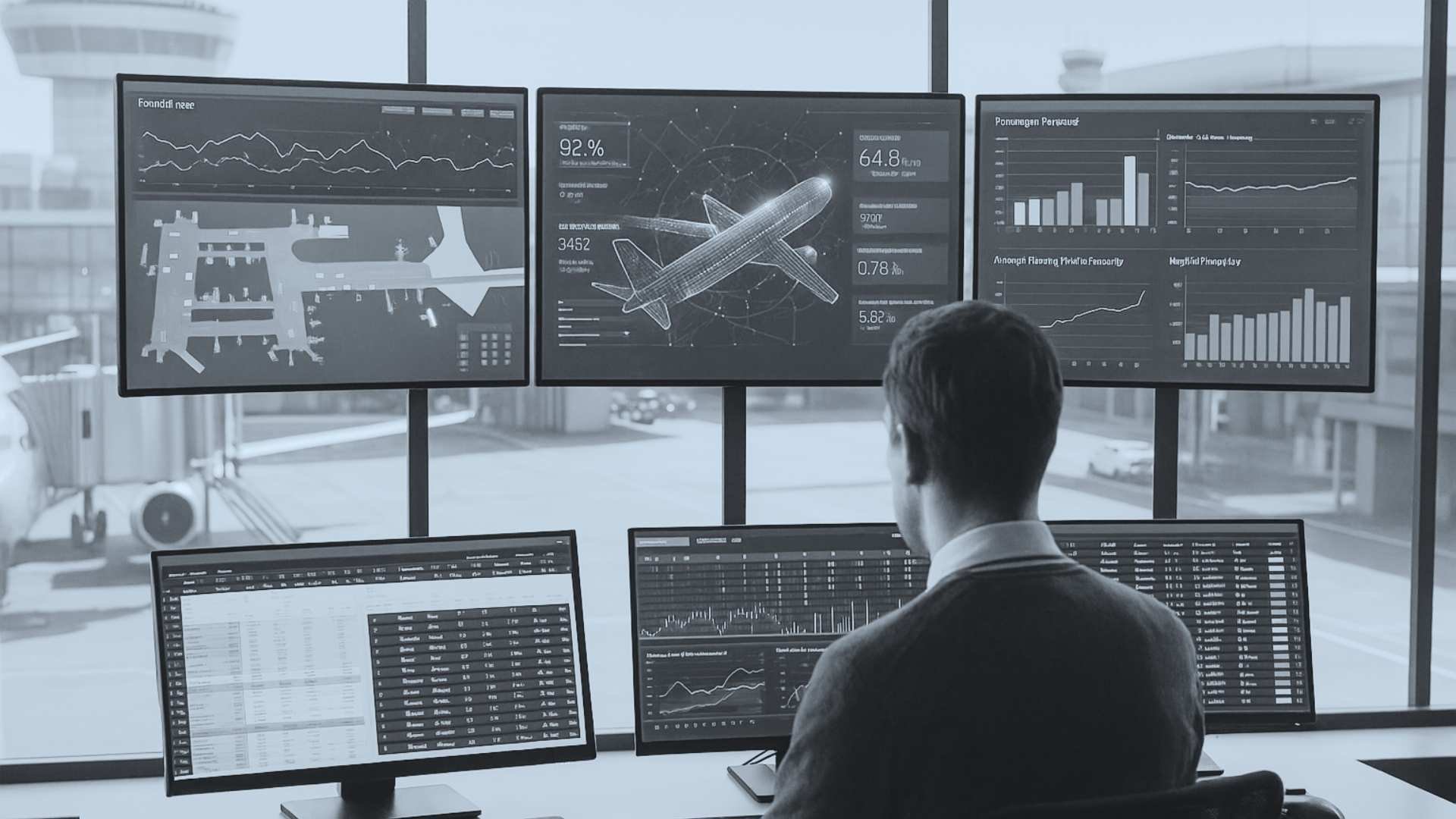AI and Machine Learning: More than just buzzwords
A personal reflection by Sarah Procter, COO at Copenhagen Optimization
For years, airport resource planning relied heavily on historical data, spreadsheets, and manual scheduling. While these methods have worked, they are inherently limited. Today’s airports face dynamic challenges: fluctuating passenger demand, unexpected disruptions, staffing shortages, and evolving security requirements. Traditional planning methods simply can’t keep up with this level of complexity.
This is where AI and machine learning (ML) play a role. Unlike static planning models, AI-driven systems can analyze vast amounts of real-time and historical data to generate predictive insights and automated decisions. It also means that we can identify tendencies and trends that were not previously apparent. With that, airports can unlock a whole new level of granularity and intelligence, and the benefit will be that the airport’s operations teams move from problem-solving to proactive optimization.
Real-world applications of AI in airport operations
AI is already making a tangible difference in several key areas of airport operations:
- Predictive Passenger Flow Management
AI-driven models can predict passenger flow patterns with remarkable accuracy. By analyzing data from airline schedules, booking trends, and real-time security wait times, AI can adjust staffing and queue management dynamically to prevent bottlenecks.
- Optimized Gate and Stand Allocation
Managing aircraft movements efficiently is a logistical puzzle. AI can help enhance the granularity of the allocation plans by offering insights into how the allocation rules can be optimized. It can also help predict congestion, turnaround times, and operational constraints, thereby reducing delays and improving gate utilization. A high utilization of stands is essential for spending capital expenditures (Capex) correctly.
- Intelligent Staff Scheduling
Staff shortages and misaligned shift planning are constant challenges in airports. AI-powered workforce management tools can analyze demand patterns and historical performance data to create optimal staffing schedules that reduce unnecessary costs while ensuring the right number of staff are available when needed.
- Baggage Handling Optimization
ML can accelerate the airport’s speed and enhance its capability to analyze baggage flow data, helping to identify key constraints and process issues. With that intelligence, it is possible to minimize misrouted bags and predict congestion points in baggage handling systems in advance, giving the airport the opportunity to collaborate with their stakeholders and make informed decisions on how to mitigate those constraints before they happen.
- Disruption Management and Recovery
One of the biggest potentials that AI can bring in the future will be to support airports on how react to disruptions in real-time. Whether it’s a sudden weather delay, an aircraft maintenance issue, or an unexpected surge in passenger traffic, AI-powered systems will be vital in creating faster more smart recommendations on how to reallocate resources and minimize impact.
The human-AI collaboration: Empowering, not replacing
A common question raised is whether AI will replace human decision-making power. The answer is a resounding no. AI is not about replacing people—it’s about augmenting their ability to make informed decisions. By automating time-consuming, data-heavy tasks, both ML and AI allow airport operations teams to focus on strategic decision-making rather than manual problem-solving.
Learn more about 4 reasons your airport needs to embrace new technologies in 2025
Better Airport: AI-driven optimization in action
At Copenhagen Optimization, we’ve built Better Airport to leverage AI and data-driven algorithms for optimizing airport operations. Our solution empowers airports to make informed, proactive decisions about passenger flow, resource allocation, and operational efficiency. While AI can’t predict the future with absolute certainty, it provides airports with the next best thing—data-driven foresight that allows them to stay ahead of challenges rather than just react to them.
As we continue to innovate, the role of AI in airport optimization will only grow. The airports that embrace AI-driven solutions today will be the ones leading the industry tomorrow—creating a more seamless, efficient, and passenger-friendly future for all.



